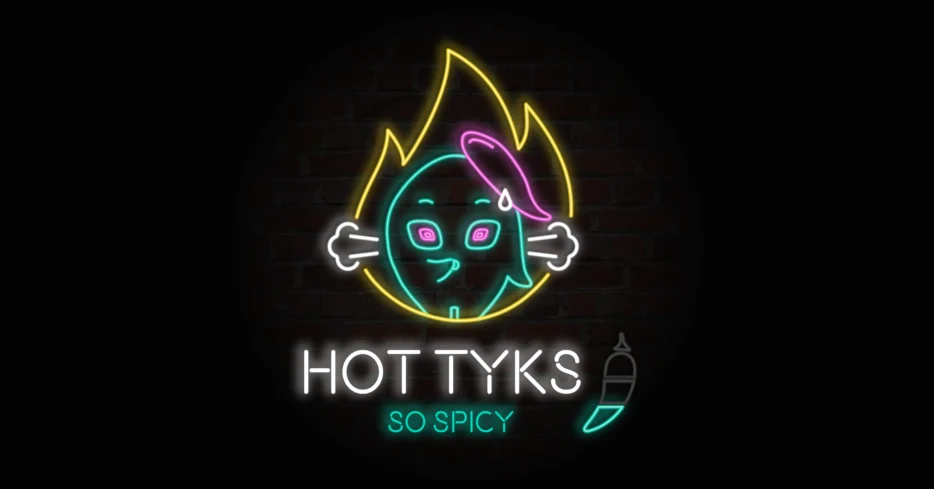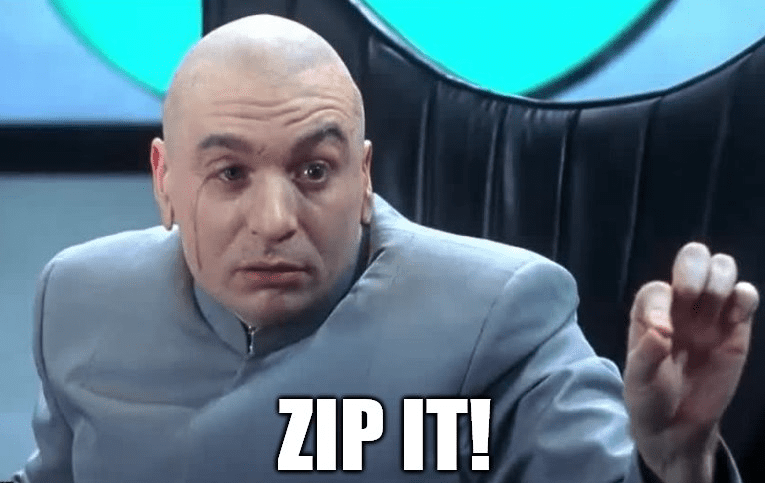
Hot Tyks is a series where we dive into hot topics with varying levels of spicy takes from some of our passionate Tyklings. This ongoing series will include epic supporting video content, so watch this space for more!
This one might be on the milder side – but it’s definitely packed with flavour!
Meeting: “An assembly of people for a particular purpose, especially for formal discussion.”
If your calendar is filled to the brim with agenda-less, back-to-back meetings with barely enough time to throw an espresso down your neck, consider this blog your official intervention.
Spoiler alert: This isn’t the 1990s; you will not achieve world domination nor grab yourself 100 billion dollars with this attitude. Sorry (not sorry).
Fast forward to 2023, and for some reason, the generic concept of a ‘meeting’ is still in common parlance and nominally accepted as part and parcel of day-to-day work (leading to Shopify’s recent attention-grabbing headline ‘no more meetings‘).
It’s all about the efficacy
Joining a remote-first and fast-growing product company, I’ve thrived in the lack of formality when communicating with my colleagues and the freedom over my calendar and location.
I also believe that when the timing, setup, and context are correct, you’ll never beat getting everyone together to ensure clarity, confidence and communication of whatever you’re collaborating on (and you should be collaborating, albeit effectively.)
As with everything, it’s never cut and dry, so here are the tips and tricks, as implemented by our teams at Tyk, to making the most of your [where necessary] facetime – with a particular focus on improving your remote ways of communication:
Don’t have a ‘meeting’ if you can avoid it
If you invite everyone to an aimless, recurring ‘meeting’, it’s safe to say this is a solid waste of time.
It’s impossible to find slots that suit everyone, so many people’s calendars are disregarded and eat into what precious ‘deep work’ or ‘focus time’ they might have. Not a great start.
According to a study by SurveyMonkey, developers want to decline 31 percent of all meetings. If you have to play calendar Tetris, reach out to the attendee and check when or if a session is necessary before stealing their time. Fun fact: there is nothing more rewarding than cancelling a session no one needed or wanted to be on, even if you’ve started the call.
And while I don’t suggest removing yourself from all face-to-face human interaction altogether, if you have a regular agenda-less session in the calendar, see about removing it.
Give people freedom with their time
A happy and productive work environment is one where people know and trust each other because of the time spent building relationships. Once that foundation and trust are established, there is no need to continue to have a flurry of meetings to maintain it.
Here at Tyk, we champion radical responsibility and practise asynchronous working where possible. We don’t use facetime to get answers from others when you could find out the answers yourself, nor invite people to a conversation when a Slack request for comments suffice (this means you can cast the net more widely to people in different time zones, for example).
We can all identify with that sense of nameless dread when another ‘meeting’ gets shoehorned into a packed calendar. Give people more freedom with their time and interactions to focus on priorities, engage in meaningful conversations where necessary and be more productive.
Create the context for a good discussion
When it comes to the agenda, bonus points go to whoever discusses the goals of a session upfront – this allows for feedback on whether others feel it’s even worth going ahead before getting started.
Always send out prep materials or items to review beforehand if you can. Again, this may lead to you changing the invite list and agenda or removing the need for the session altogether, depending on the interest you get.
By thinking about the format of your face-to-face session and labelling it to correctly reflect the agenda or outcome (or where it fits in the research/design/development lifecycle), it will be much easier to keep participants on track and keep a close eye on the time.
Here’s an example of some of our formats at Tyk:
- Quarterly cross-team planning and prioritisation
- UX design critiques
- Monthly product and commercial feedback calls
- Stakeholder review presentations
- Daily team stand-ups
- Tyk’s social cafe
Think carefully about the lines of communication
Seeking feedback from cross-functional team members and those of varying experience levels is always beneficial. That said, don’t allow anyone to disrupt or steal the agenda, and be especially conscious of HiPPOs.
To effectively herd large groups, you could ask everyone to note their response (ideally before the session), then allow each to read out their viewpoint (rather than just allowing for groupthink).
Always close the session by summarising what was achieved/agreed upon and the actions everyone is taking so there is no undermining or duplication of the responsibility of others.
Say no to PowerPoint [yes to visual communication]
It’s crucial to avoid boring people with endless slides or dry monologues – life’s too short (may’n). Look at Jeff Bezos, who outlawed PowerPoint presentations at Amazon, which he says was “probably the smartest thing we ever did”.
Instead, he introduced group reading sessions, with participants encouraged to take notes before a discussion.
Nowadays, to make sessions more effective and enjoyable, tools such as Miro (in particular, their voting tools) are your friend. They include preset workshop templates to make sessions interactive and more participatory or allow people to look at something more engaging than your face (as lovely as it is).
We’re big fans of creative sessions here at Tyk; there are many novel ways to build your agenda to maximise participation. Top tip – if the direction of the conversation is splitting into different paths, you can maintain a ‘parking lot’ for ideas that come up but aren’t the primary goal of the session that can and will be picked up after.
Make room for free-form discussion
There’s something to be said about off-the-cuff chats, regular 1-2-1s, stand-ups or team updates; they allow for in-the-moment ideas and free-form discussion, and simply, sometimes, two heads are better than one.
Just make sure you focus on the frequency, avoid sessions that become gossip fests, and don’t use weekly meetings as an alternative to proper project planning. Allow participants to leave at their free will if they feel their participation is unnecessary (ideally, ask them to suggest someone else in their place if so). And always, always try to follow up a long or interesting chat with clear and actionable next steps (and share these after).
Focus on what really matters
In an era when technology enables us to connect virtually, the ability to ‘jump on a call’ has never been easier. But as with anything in excess, too many will harm your state of flow.
We’ve all been stuck in a chaotic day full of ‘meetings’, but on the other hand, we can all become lonely and uninspired if we’re not speaking to one another. The key is to make facetime meaningful and valuable while balancing focus and time to reflect, creating a communication culture that gets the most of your teams’ time and resources.


